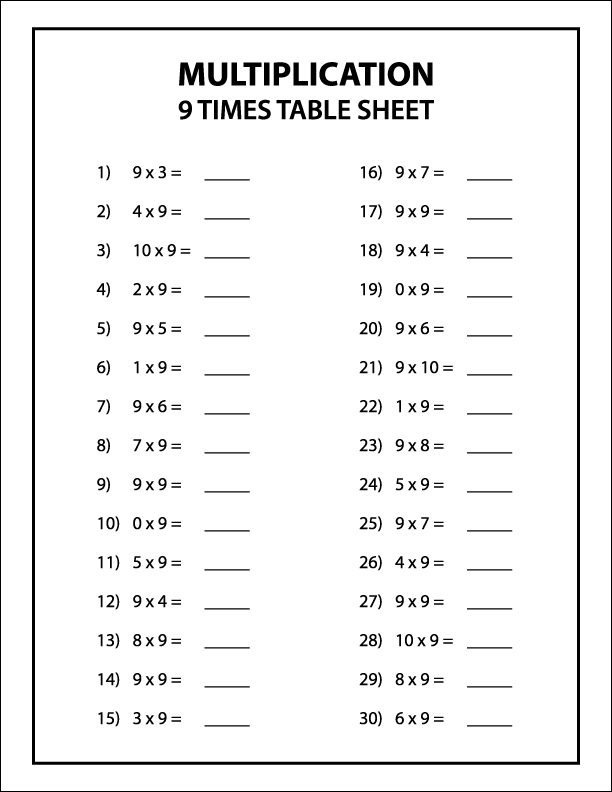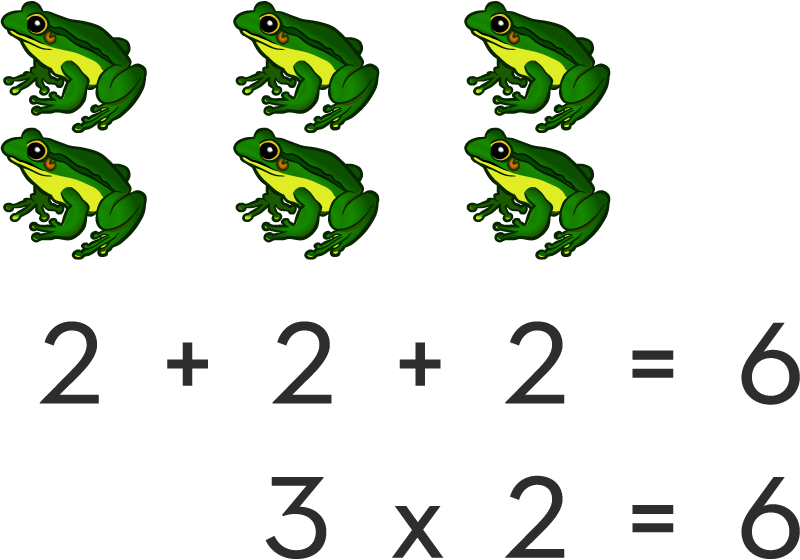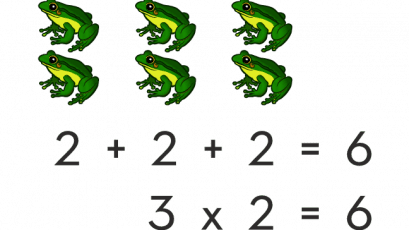Early Childhood
Introduction to Multiplication: Parent Observations and Actions (Part 1)
What’s a parent to do with two kids, two approaches, and two vastly different outcomes in teaching and learning the concept of multiplication basics?
Similar to those reading this article, I am passionate about mathematics education, and as a parent of two young children, I am very interested in the homework they bring home! In this article, I detail my own observations of two vastly different approaches to teaching the concept and introduction of multiplication and touch on the strengths and limitations of each approach.
Case Study 1: Alexander’s Introduction to Elementary Multiplication
Alexander is 9 years old, and like many boys his age, is blessed with a rich understanding of almost everything! Alexander’s life revolves around money and trading cards, so he is naturally proficient with addition. I mention this because, at a glance, he appears to have the necessary tools to do multiplication, which is just repeated addition. One day, mid-semester Grade 2, Alexander excitedly announced he was doing multiplication. “What’s multiplication?” was my immediate response. “It’s the x, Dad,” he replied, ending the conversation.
Over the coming months, Alexander brought home sheets of homework, each listing various multiplication facts. Alexander completed most of these sheets, often lamenting facts such as 9 x 5 because they required a lot more counting.

Case Study 2: Isabelle’s Introduction to Early Multiplication
Isabelle is 2 years younger than Alexander and is left-handed. I only mention this to reinforce that she just does things differently. Isabelle is into art and music, and has absolutely no interest in numbers whatsoever. She was introduced to the concept of multiplication around the same age as her brother, but through a vastly different approach. Isabelle’s homework was full of pictures and stories depicting multiplication scenarios. Any equations required to match these scenarios were always rendered as repeated addition.
The stories stuck. Just last week I was cooking pancakes with Isabelle (our Saturday ritual). Looking down at the frying pan she commented, “That’s multiplication, Dad. That’s one group of three.”

Discussion: Different Approaches to Basic Multiplication Concepts
Alexander knows more multiplication facts than Isabelle and would likely outperform her in a traditional standardized test, yet it is Isabelle who has demonstrated understanding due to the introduction methods used in her classroom for teaching the concept of multiplication. Isabelle knows what multiplication is and is able to apply this understanding in everyday situations. I attribute this understanding to the pictures and stories used to develop the concept of multiplication basics. If we use what we have learned from earlier blog articles by Brian DeMoss and Dr. Calvin Irons, Alexander jumped straight to the symbolic, whereas Isabelle progressed carefully through the preceding language stages. Given their respective foundations, Alexander and Isabelle will each face their own challenges over the coming years. Isabelle must practice the facts to develop fluency of recall, whereas Alexander must conceptualize what multiplication actually means. In my next blog article I will describe how I will approach these two separate challenges.
About the Author
Peter Stowasser has been researching and writing for ORIGO Education since late 2009. He has contributed to the development of both national and international mathematic programs and authored several ORIGO Big Books. Peter has spoken at numerous mathematic conferences within Australia and abroad (United States of America) covering a range of topics across all primary year levels. Peter is now midway through his PhD in mathematics education. His area of interest: Student epistemic cognitions about different mathematic topics.
About ORIGO Education
ORIGO Education is dedicated to making learning mathematics meaningful, enjoyable and accessible for all, offering Pre-K through Grade 6 instructional materials, and professional learning.
![]()



